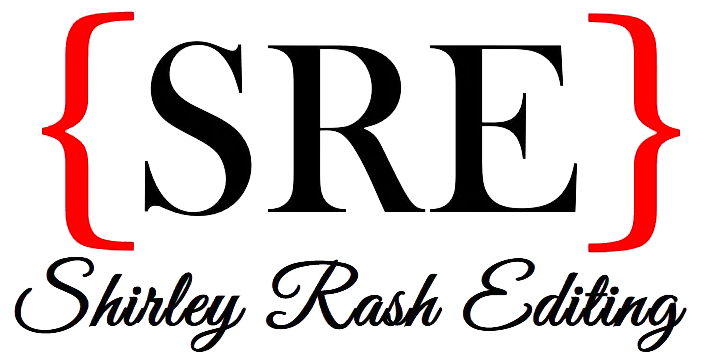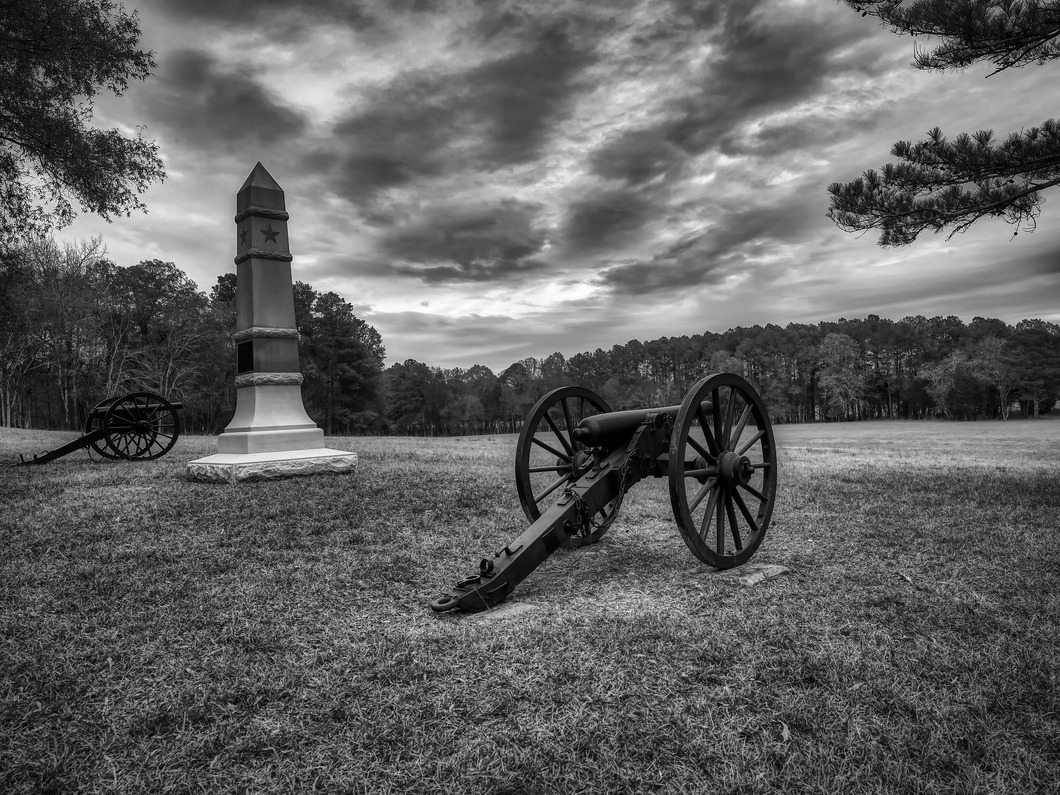I wanted to conclude my series on using POV effectively by looking at one of my favorite genres–epistolary fiction.
Epistolary fiction is a story told via letters or other documents. Over the years, authors can and have used everything from diaries to text messages to emails for this genre.
My introduction to epistolary fiction was probably the horror classic Dracula. The story is told through a series of diary entries, letters, newspaper entries, and other documents (including a shipping log). When I was in grad school, I took a class on Gothic novels and their adaptations and ended up spending a few months researching Dracula spinoff/sequel books and how they attempted to establish credibility with readers.
Continue reading




